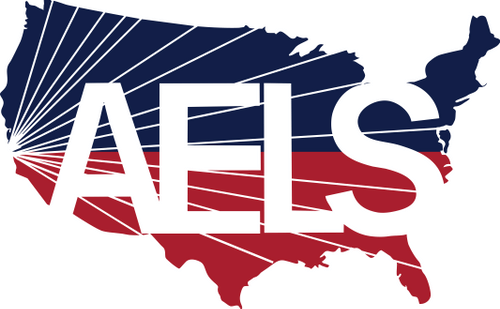
How to Use "Used to"


This week, AELS Language School is bringing 2 to you!
2 is the number that will make it all fit nicely in a small package. 2 are a pair, they can be a couple, and many times, they are opposites. So, for this week, 2 will do to convey to you just how amazing language and the concepts that relate to how to communicate really are.
This week the 2 are:
I am used to…
Denotes some routine you were doing and not good at or felt uncomfortable doing, but you finally reach a point where you now are!
I used to…
Denotes something you have continued doing as a habit or routine, and then for one reason or another STOPPED!
As you can see, they almost look exactly alike. You might even think they just about mean the exact same thing or something closely related. However, the truth is they present two completely different concepts.
I am used to [to be + verb –ing] is used to express some activity or routine that we have been diligently trying to feel good about doing. For example, let’s say you need to wake up at 5:00 a.m. to arrive at your job by 7:30 a.m. At first, this schedule may be challenging to accomplish. However, as time passes and your ability to get to sleep earlier is achieved, you you can let your friends and family know that “I am used to getting up at 5:00 a.m. now.” This sentence indicates that the effort being made is now a comfortable way of life and no longer such a big effort to accomplish. In essence, you are no longer challenged by getting up so early and feel like it’s a natural part of your routine.
Of course, we could add a few more steps along the way as you get to the point where it is all comfortable in the following manner:
I am not used to.
Before you even tried, you declare: I am not used to getting up at 5:00 a.m. It has been difficult as I can’t seem to fall asleep early enough at night.
I am getting used to.
The change is getting more comfortable so you could say: I’m getting used to indicating that there has been a change in the way you feel about the situation because now it is a little easier to get up and start your day at an earlier time.
I am used to.
After a few more weeks, you feel great! You are completely used to getting up at 5:00 a.m. and life is good again. You’re happy that the period of not being able to wake up so early has all changed and that you may get to work on time.
Now we come to the other side of the spectrum to a commonly used expression when you want to talk about something you no longer do…
I used to
When we see this phrase, it seemingly looks like the same phrase: “I am used to.” However, it is a bird of another feather. In other words, it is the exact opposite of what we understand “I am used to.” In this case, “I used to” refers to a habit or routine we originally had at some point in our life, and now, it no longer exists in our life. It can be a habit, a place where we lived, or a way of life. Whatever the case may be, once you say, “I used to” it clearly delineates a complete stop to the condition and routine that existed before.
Important things to remember:
ØUsed to & (to be) used to: can be used with all the pronouns; either I, he, she, it (as in a machine), you, they or we and in present simple or past simple.
Ø They are the opposite of each other.
Ø Of the 2, “used to” is the most common way and used in daily conversation about the many things that were a part of our daily lives, that we have since decided to change and ended.
Here are a few more examples of “used to”
I used to go out dancing every weekend.
This computer used to work fine, but after I spilled coffee on it,
it was never the same again.
I used to exercise every single day.
I used to live in New York City.
I used to be very, very shy.
I used to believe in fairies.
I used to think that English was difficult, but now I know it’s not that hard. With a little practice every day, in a small way, you can improve your speaking skills beyond your imagination!
American English Language School will continue to support that daily effort. Check in with us every week and every day to see all the perspectives of what can be accomplished when you focus on that daily effort—everything will connect and your English will improve.
Tagged: ESL School in LA, ESL School in Los Angeles
Published on June 7, 2022
A leading English language school accredited by the CEA (Commission on English Language Accreditation) and approved by SEVP (Student and Exchange Visitor Program) located in Los Angeles, California. Learn English in LA with our ESL classes, TOEFL preparation, and English speaking classes. Are you serious about improving your English? Join a class today!